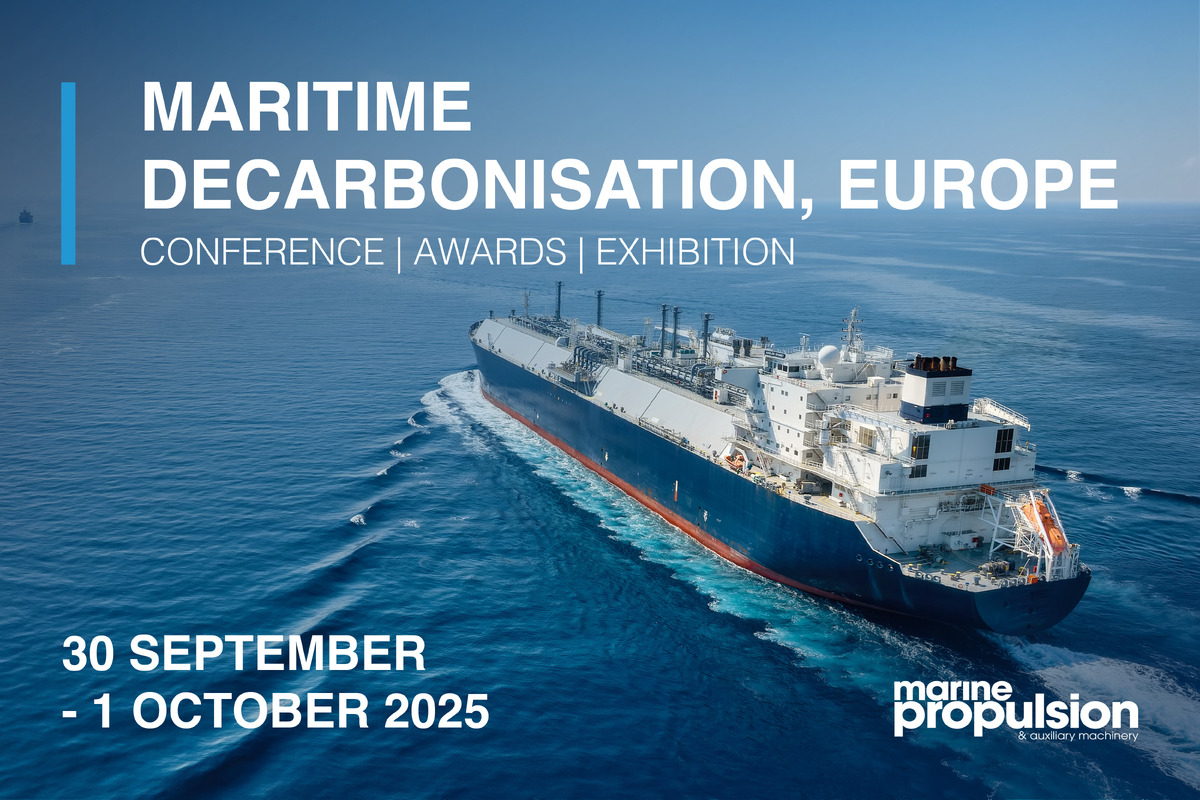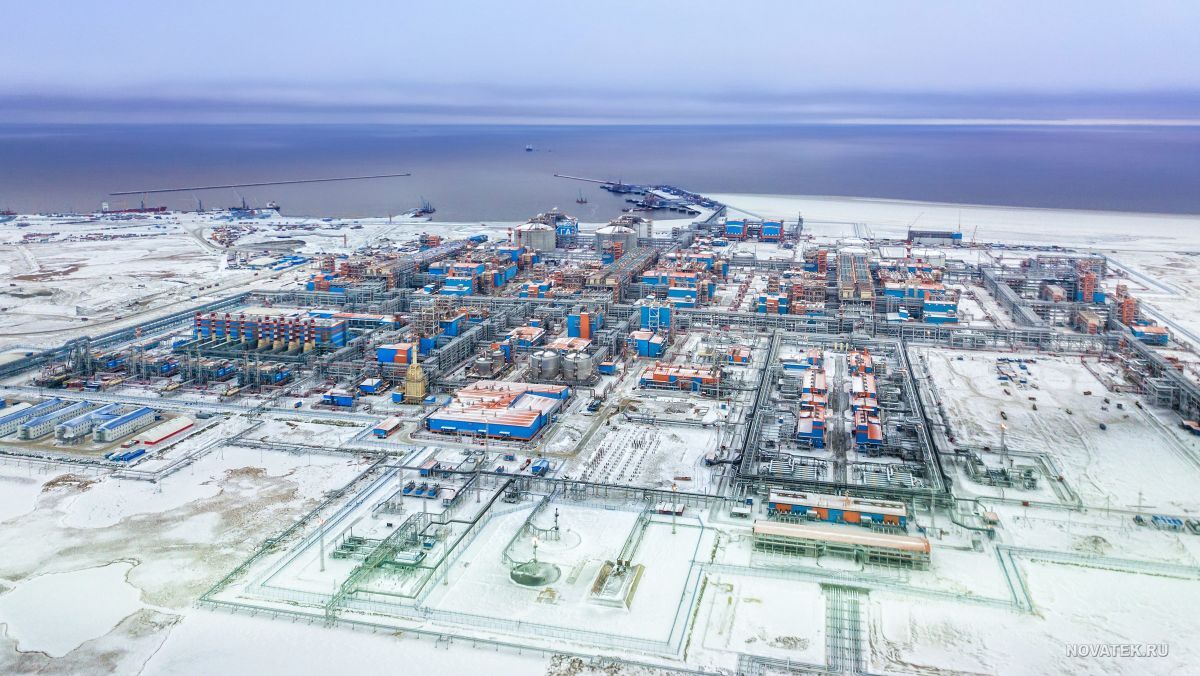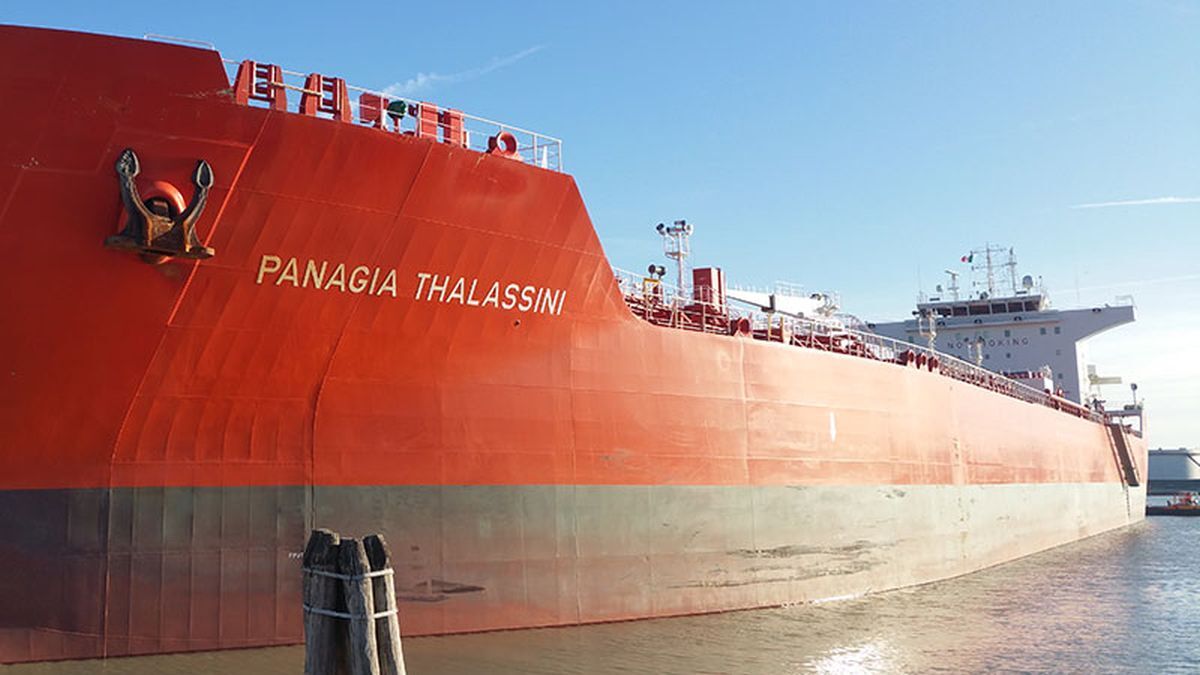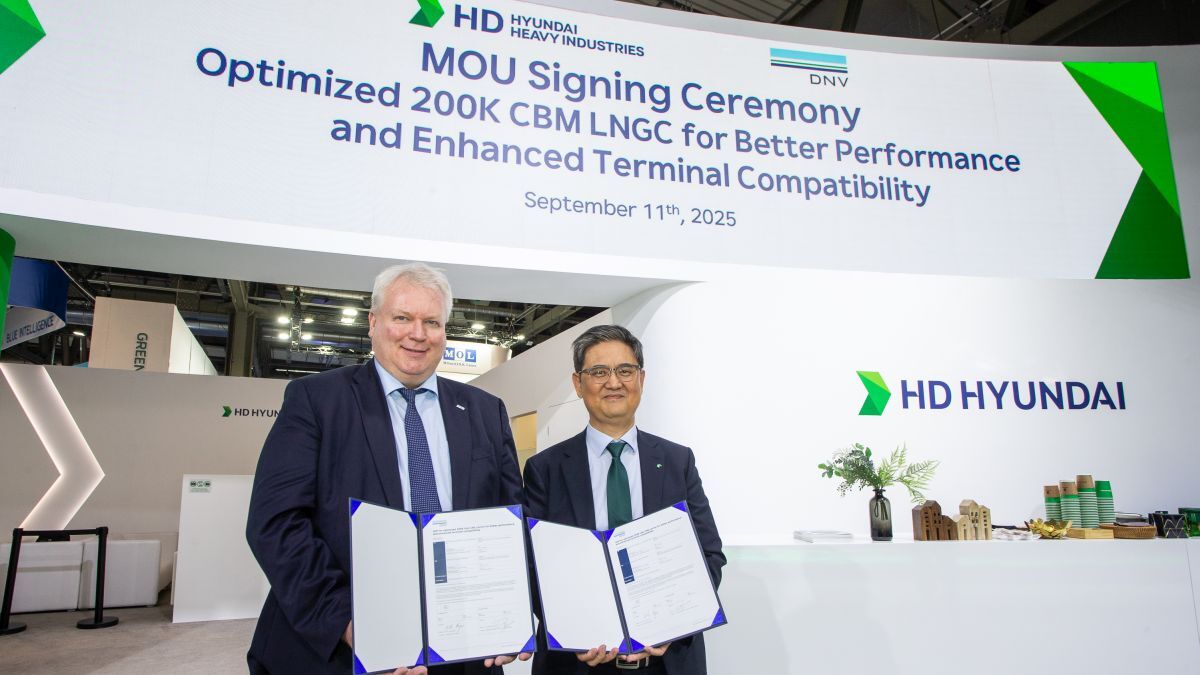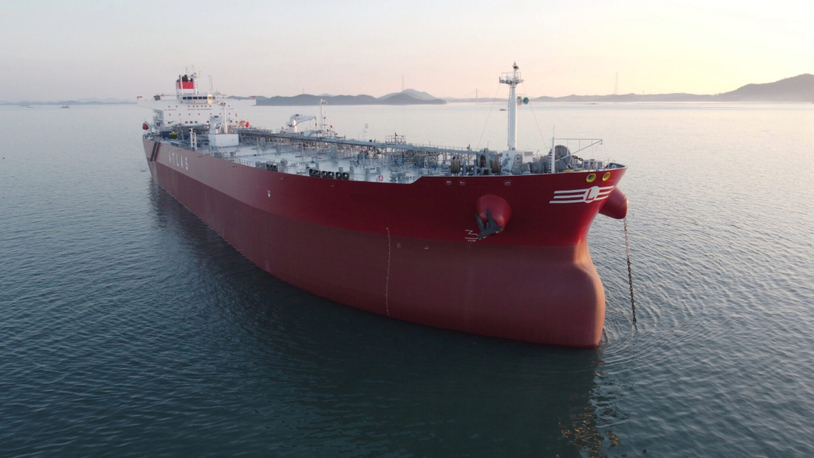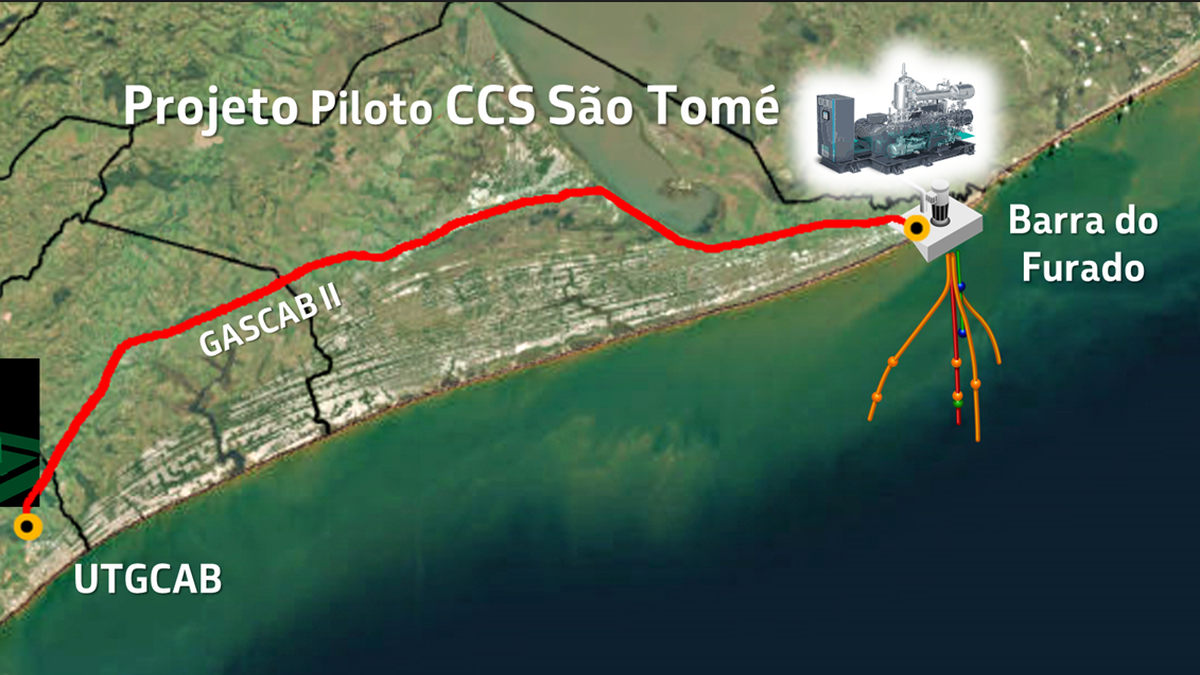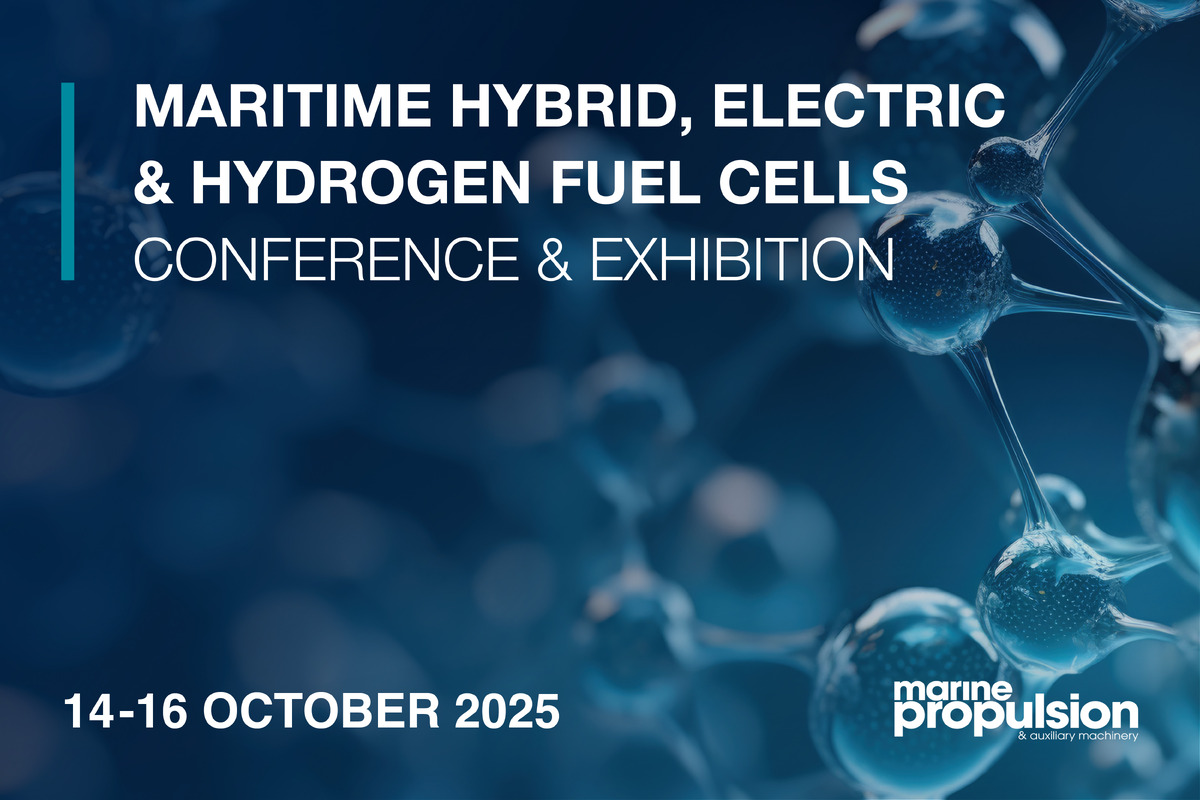Business Sectors
Contents
Performance advantages justify twin skeg costs
While capital costs are higher, operational savings of up to eight per cent can be realised when a twin skeg design is specified on tankers with a low draught and wide beam, according to a study undertaken by enginebuilder MAN
When it comes to tanker designs, simplicity is usually the order of the day. A popular configuration for a vessel with a beam/draught ratio in the order of 2.5/3.5 would be one large propeller turned by a two-stroke engine.
Heightened safety and environmental concerns have, however, seen the rise of fully redundant designs, and this trend looks set to continue as charterers stipulate increasingly stringent tonnage requirements (TST, February/March 2007). Full redundancy means that the main machinery has to be placed in two completely separate enginerooms, each with separate propeller and rudder. Operationally, the ship must be able to maintain a speed of more than 6 knots (steering speed) in a Beaufort force 8 head wind, with 50% of the nominal power available for propulsion.
Inevitably, this additional capability comes at a price. Compared with a standard single-screw tanker, the propulsion system and for a twin-skeg/twin-engine ship is more comprehensive, and the aft-end design of the hull is more complex; therefore the investment costs are higher, possibly up to 15 per cent.
That said, a study from leading enginebuilder MAN Diesel contends that there are performance benefits to offset this higher initial capital investment. A twin-skeg, twin-screw tanker has nearly the same (or slightly lower) wake field as a single screw vessel. Furthermore, for a twin-skeg design, the additional hull wetted area is around 5 per cent greater, because of the extra rudder and increased hull surface of the aft end. This means that hull resistance will be similarly increased.
A hull design based on a large beam and low draught will have relatively higher resistance than a hull based on a normal beam. This is illustrated in the table, showing different examples for a 300,000 dwt VLCC, where the single-screw hull design with a large beam (case B1) has a propulsion power demand approximately 9 per cent higher than that of the normal hull (A1).
However, if these two hull designs are changed to twin skegs with two propellers, it looks as if the high resistance of hull B, with a large beam, may be compensated by installing two relatively large propellers, which is possible because of the wide hull. As such, the twin-skeg/twin-screw solution (B2) will need around 8 per cent lower propulsion power compared with the single-screw solution (B1).
For tankers designed for shallow water operation, ie, with a large beam, such as those that ply the Delaware River in the USA, where oil refineries and petrochemical plants line the banks for a long distance, the optimum propulsion system could well be such a twin-skeg/twin-engine solution (B2). For this hull type, MAN says the extra investment costs for full redundancy would be moderate, as the design would probably be originally based on a twin-skeg solution, owing to its high propulsion efficiency – as actually chosen by Stena for its V-Max class of 2001.
What of propeller efficiency? In general, efficiency here increases with propeller diameter, and the space available for installation of the propeller is nearly identical for a single-screw and a twin-screw vessel. The only limitation of the twin-skeg propeller diameter is the breadth of the ship, in order to avoid harmful flow interference.
It is common practice, in a twin-screw design, to install the starboard propeller with clockwise rotation and the port propeller with anticlockwise rotation, since this gives higher propulsion efficiency. However, the opposite rotation may sometimes be preferred since this will improve cavitation and noise conditions.
Owners opting for the twin-skeg route will, of course, have to weigh the relative merits of fixed pitch propellers (lower capital cost, higher efficiency) against controllable-pitch designs (higher capital cost, more complex system controls).
Which ever propeller option is selected, the MAN study concludes that choosing the twin skeg will really demonstrate its operational and economic value, in those areas where refineries and terminals are located in shallow waters. TST
Related to this Story
Events
Maritime Decarbonisation, Europe: Conference, Awards & Exhibition 2025
Offshore Support Journal Conference, Americas 2025
LNG Shipping & Terminals Conference 2025
© 2024 Riviera Maritime Media Ltd.
